LONDON INTERNATIONAL YOUTH SCIENCE
FORUM 16 – 30 August 2012. Open to Yr13 students only
LIYSF 2012 will explore the future developments in the sciences, with lecture demonstrations, specialist seminars and debates led by a team of scientists and experts and scientific visits. Support will be provided by the Talented School Students Travel Award for most of the international travel, accommodation and registration costs. Students may have to contribute a small percentage
toward this trip. For more information on what is involved in the two week programme please go to www.liysf.org.uk
USA INTERNATIONAL SPACE CAMP, HUNTSVILLE, ALABAMA, (late July) Open to students in Yr 12 or Yr 13 This is an opportunity for two students who have a passion for astronomy to participate in an international gathering, and
experience the advanced space school program at Huntsville, Alabama. If you are involved in an astronomy club then this would be an advantage. Support will be provided by the Talented School Students Travel Award to successful students for most of the international travel costs, registration and accommodation. However students will need to pay a small percentage of their costs. Students must be studying physics and one other science subject to be eligible to attend. (See below on how to apply)
BIOFUTURES 2011, BRISBANE, 1st or 2nd week in July Open to Yr12 and 13 students Interested in biotechnology and biomedical science? The Royal Society of New Zealand is offering a opportunity for up to ten students to
attend Biofutures 2012 which takes place in Brisbane in July. This forum will bring together some 80 students from Australia and New Zealand who must be studying Biology and at least one other science subject. You will participate in a hands-on experience with the
latest biomedical equipment and techniques and hear from some of Australia’s leading researchers. Support for most of the travel and registration costs will be provided by the Talented School Students Travel Award however the
student will need to fund a small percentage. Students from New Zealand must
apply and send their application to the Royal Society of New Zealand and not
through Biofutures, Australia. (See below on how to apply)
ISEC (International Youth Science & Engineering Camp), Seoul, August 2011 Open to Yr12 and Yr13 students
This is an international research-oriented science camp, in which that about 100 students from more than 11 countries participate. It is
a two-week program that consists of science and engineering research in top-level university facilities, field trips to major institutes/industries,
cultural experiences and much more. Funding to assist with international travel is available from the Talented School Students Travel Award fund. Website: http://www.rsnz.org/funding/talent/ Students must be studying physics and chemistry to be eligible to attend. (See below on how to apply)
YOUTH ANZAAS
(Australia New Zealand Association for the Advancement of Science) 29 June –
finishing morning of Friday 7 July, Dunedin Yr12 and Yr13 students This is a week-long residential event based in Dunedin that will coincide with the International Science Festival. 25 Australian secondary school students will attend together with up to 20 New Zealand secondary school students. The week will involve visits to science organizations and social activities as well as being involved in the International Science Festival. Students will be heavily subsidized by the Freemasons Travel Award however each student will need to pay $300.00 to attend. Students must be studying at least two science subjects to be eligible to attend. (see below on how to apply)
IMPORTANT INFORMATION ABOUT APPLYING FOR THE ABOVE OPPORTUNITIES
Criteria: Students must either be a New Zealand citizen or have permanent New Zealand residency, Students who apply should be excellent communicators and have a passion and aptitude for science in general or a particular area of science. Students should at studying
at least 2 of the following sciences being Biology, Chemistry or Physics, Students who are involved in Extra Curricular science activities could be at an advantage. Please send: 3 copies of your application which must be unstapled and unbound. Each application needs to include: Letter of recommendation from the HOD Science which has to be co-signed by the Principal; Letter from applicant outlining why they think they would make a good candidate for selection. A verified copy of NCEA results or equivalent, Brief CV (please include email address – maximum 2 pages), Verified copy of passport or birth certificate, Application form. Download from http://www.royalsociety.org.nz/programmes/competitions/international-secondary/
You may apply for one or more events if you are eligible. Complete applications must be received by 5.00pm on 30 March 2012 and sent to Debbie Woodhall, The Royal Society of New Zealand, PO Box 598, 4 Halswell Street,
Wellington. Fax: 04 473 1841, Phone 04 470 5762, Email: Debbie.woodhall@royalsociety.org.nz
Late applications will not be accepted.











 I ran across these little Physics related videos the other day. Each one is only about a minute long so a nice little break. They are also aimed at presenting ideas rather than answering questions so could be a good way to stimulate a discussion or a starting point for more research. Cute and accessible for many year levels. Access the videos
I ran across these little Physics related videos the other day. Each one is only about a minute long so a nice little break. They are also aimed at presenting ideas rather than answering questions so could be a good way to stimulate a discussion or a starting point for more research. Cute and accessible for many year levels. Access the videos 
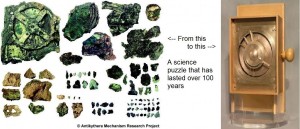






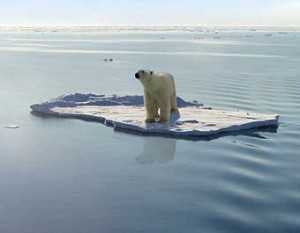
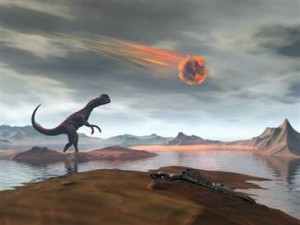





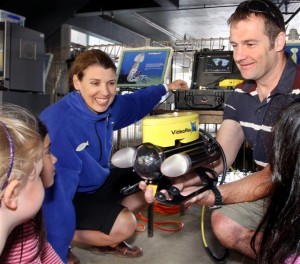

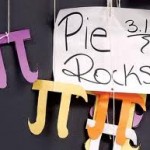
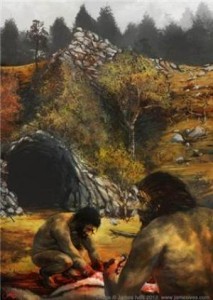
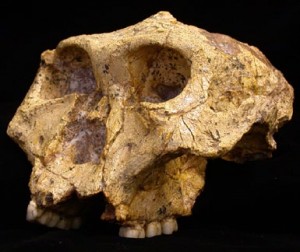



Recent Comments